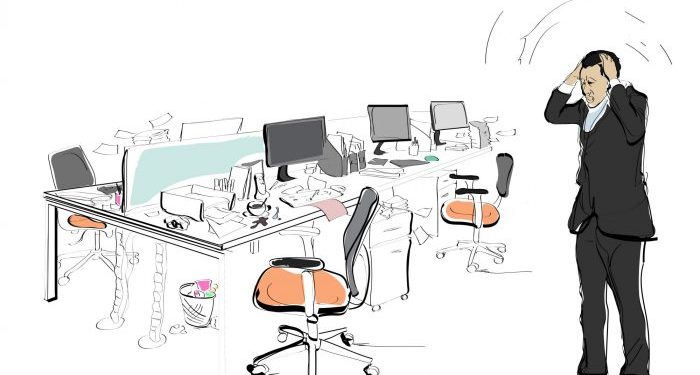The last number of months have presented a truly unprecedented time for individuals, businesses, and governments worldwide. New social norms and how we work has changed significantly, with more companies than ever allowing their employees to work remotely. While some may argue that the traditional workplace was declining before the pandemic ever began, it has certainly accelerated the process.
Employers are now starting to see amazing benefits from their teams working remotely, such as being able to save on employee scheduling costs, an increase in employee satisfaction, productivity rising, and a huge reduction in office rent, utilities, supplies and other costs related to having a physical office space. Although, with the world normalizing once again, the question remains, will this trend continue or will businesses choose to return to a more traditional working environment.
Continue reading to learn more about what we can expect as we move towards a post-COVID era.
New Trends
Before COVID, many companies had already become more lenient in terms of the flexibility they were willing to give their employees with regard to work hours. Allowing team members to work from home, usually one day a week, was not uncommon, and more companies were beginning to embrace this philosophy prior to the pandemic kicking in.
This shift in outlook proved to managers that employees, even when they can’t be physically seen, can still operate as normal and, in fact, often be more productive than what they were in the office.
Less Commuting, Better Balance
Commuting is always a major talking point when it comes to working in traditional offices. In cities with high volumes of traffic, the journey to work can be a true waste of time. Therefore, it’s no surprise that offering workers a more flexible schedule that allows a few days working from home can help increase efficiency, productivity and employee satisfaction. What’s more, businesses’ impact on the environment has become a major concern around the world in recent years. By promoting remote working, companies are helping to reduce their carbon footprint, which is another great benefit of eliminating the commute.
Employee Well-Being
Many workers have become accustomed to the remote working lifestyle, and a recent study has shown that, given a choice, most would prefer to continue operating in a remote capacity. Companies are always trying to improve employee satisfaction in an effort to increase productivity and reduce staff turnover. Over the last number of months, this new alternative working style has pushed forward the decline of the traditional office as employees are now seeking out remote positions In fact, if remote work was no longer an option, 34% of Australian workers would look for a new role where working from home is viable.
Alternative Office Solutions
In recent years, alternative workspaces have popped up all over the country with flexible solutions such as co-working spaces, shared offices, hotdesking and serviced office spaces becoming more popular. Offering an on-demand workplace when needed, these spaces are typically paid for on an on-demand basis, providing the perfect solution for teams and employees that are working most of the time remotely.
When originally created, they seemed like the perfect solution for new startups to save money. However, as time has progressed, more businesses are using them as an alternative solution to a traditional office. As more employees are now in a remote work situation due to the pandemic, it’s expected that ad-hoc workplaces will grow significantly over the next couple of years.
Make Sure Your Business Is Prepared For Whatever The Future Might Hold
The business landscape is changing rapidly, with more companies making changes to how they operate. Although it’s impossible to predict what the future may hold, we can be sure that remote working is not going to go anywhere soon. While traditional offices will certainly still play some role in how businesses operate, it is expected that their prevalence will certainly decline as time moves on.
Follow Techdee for more!





